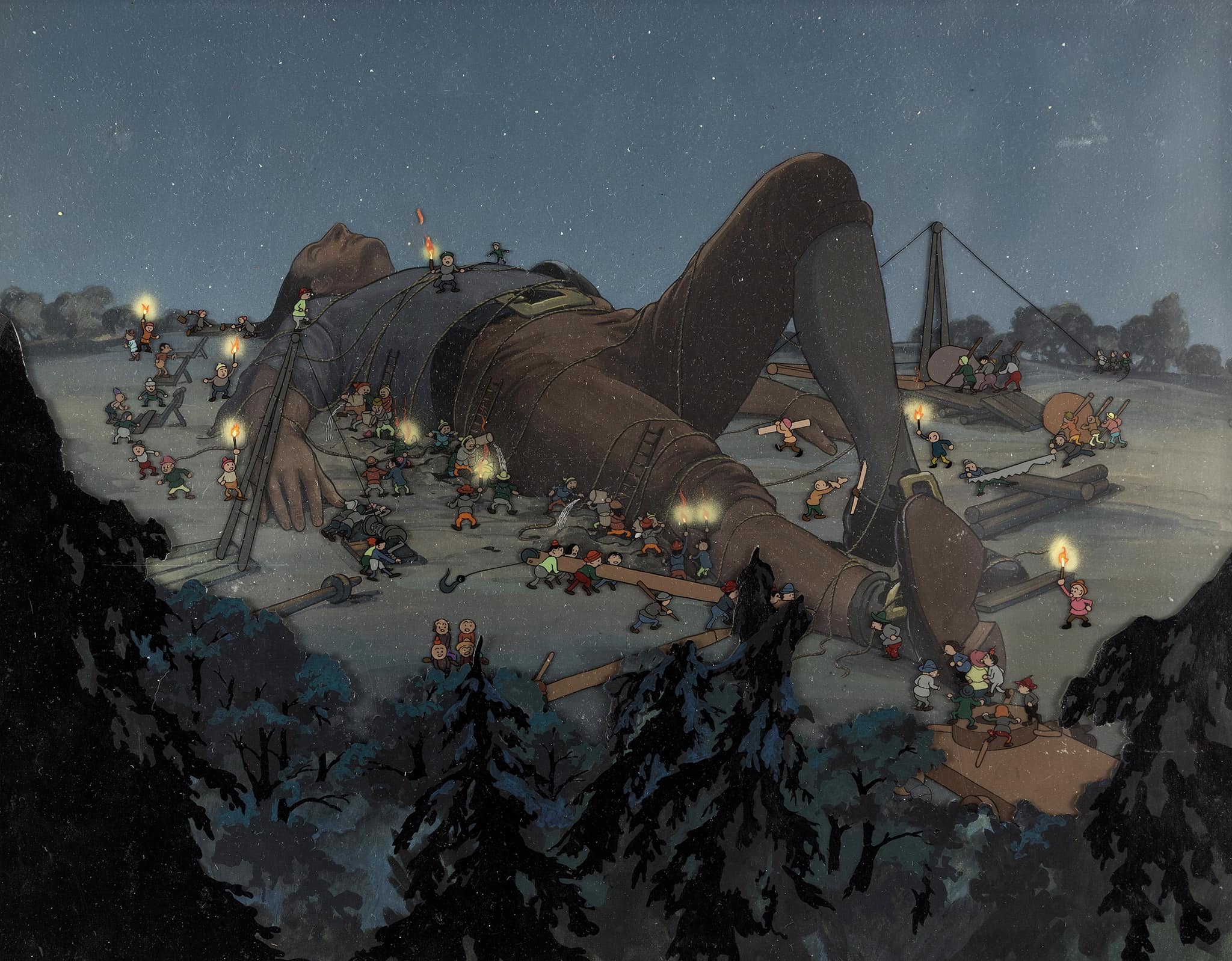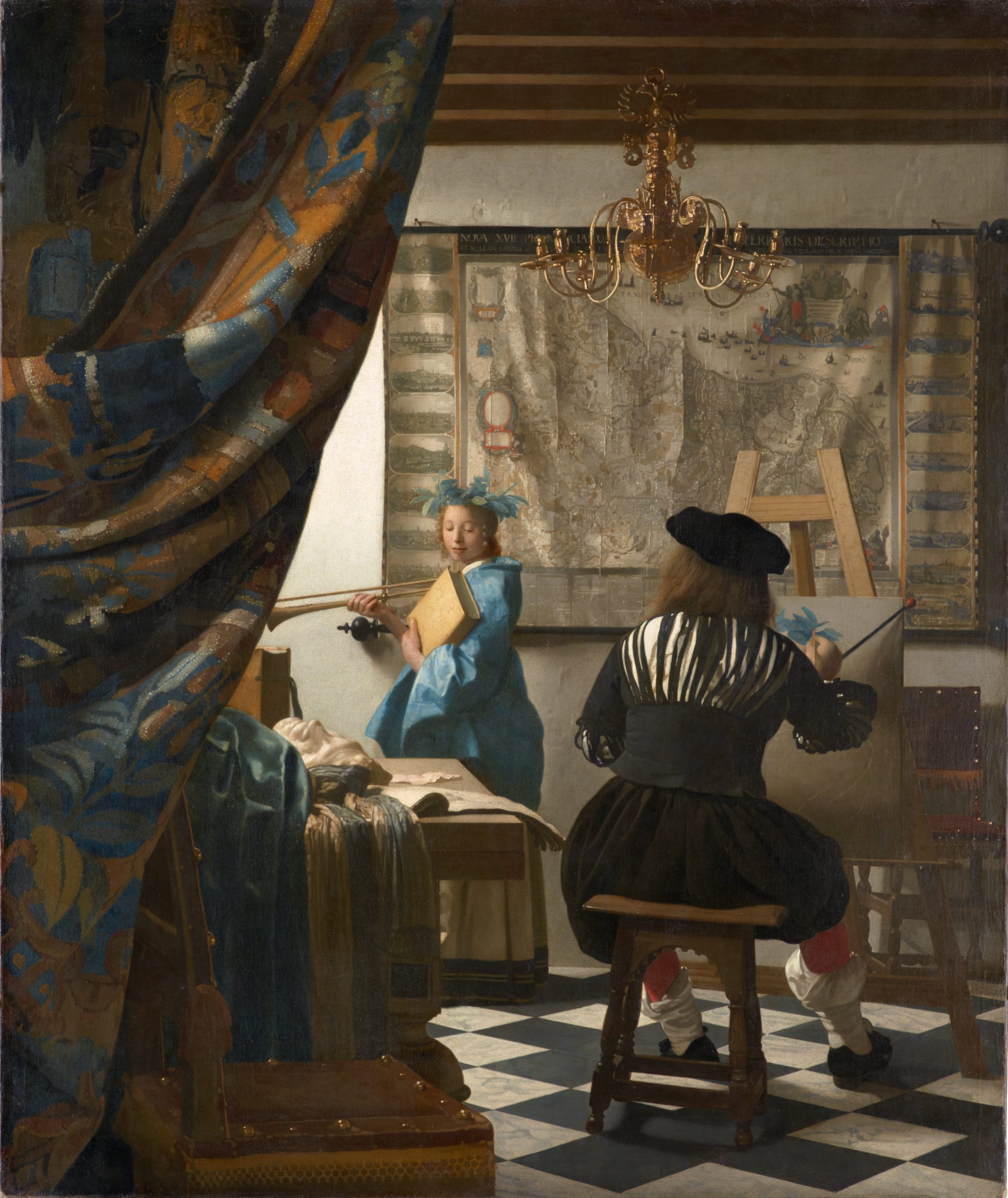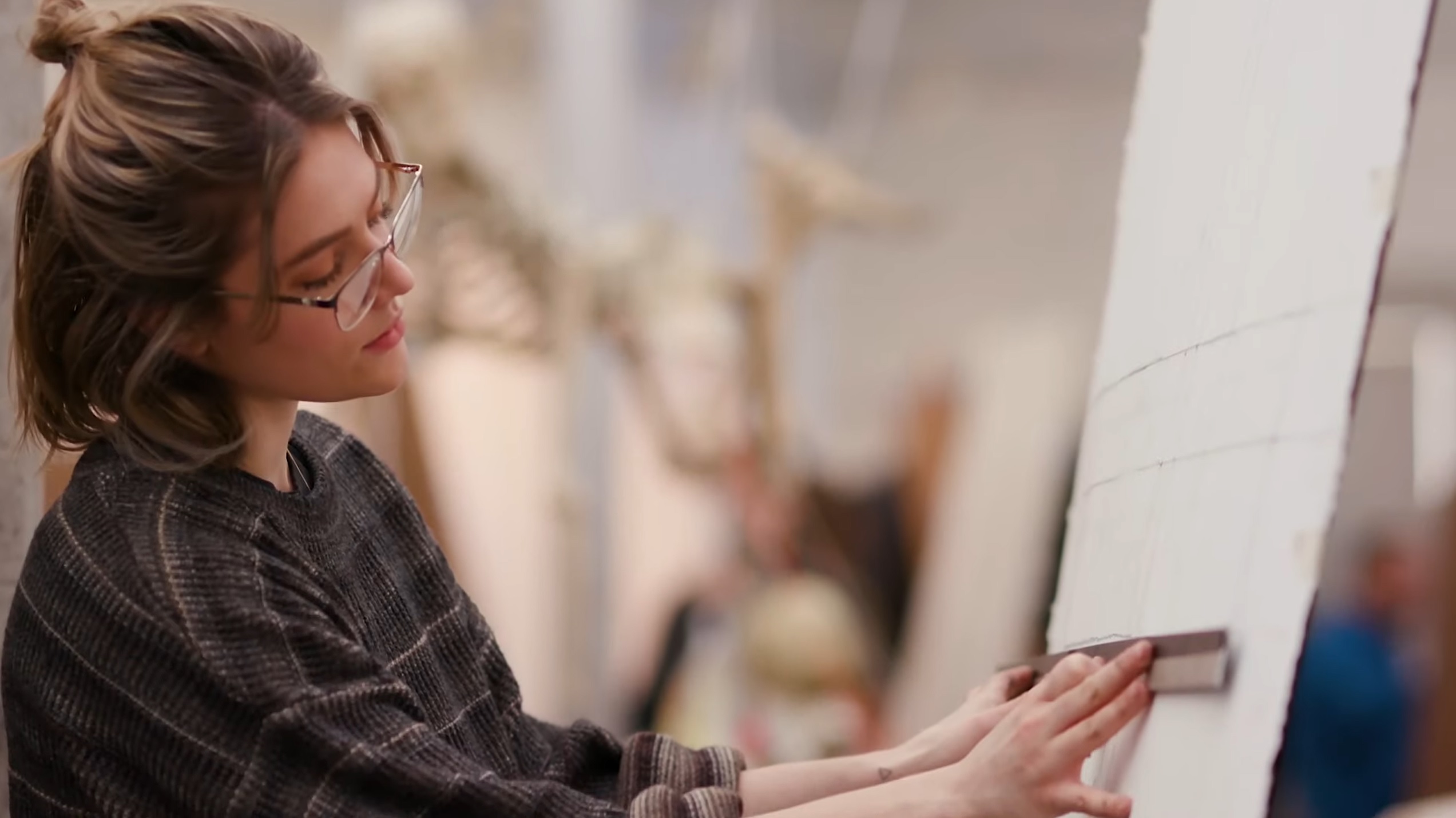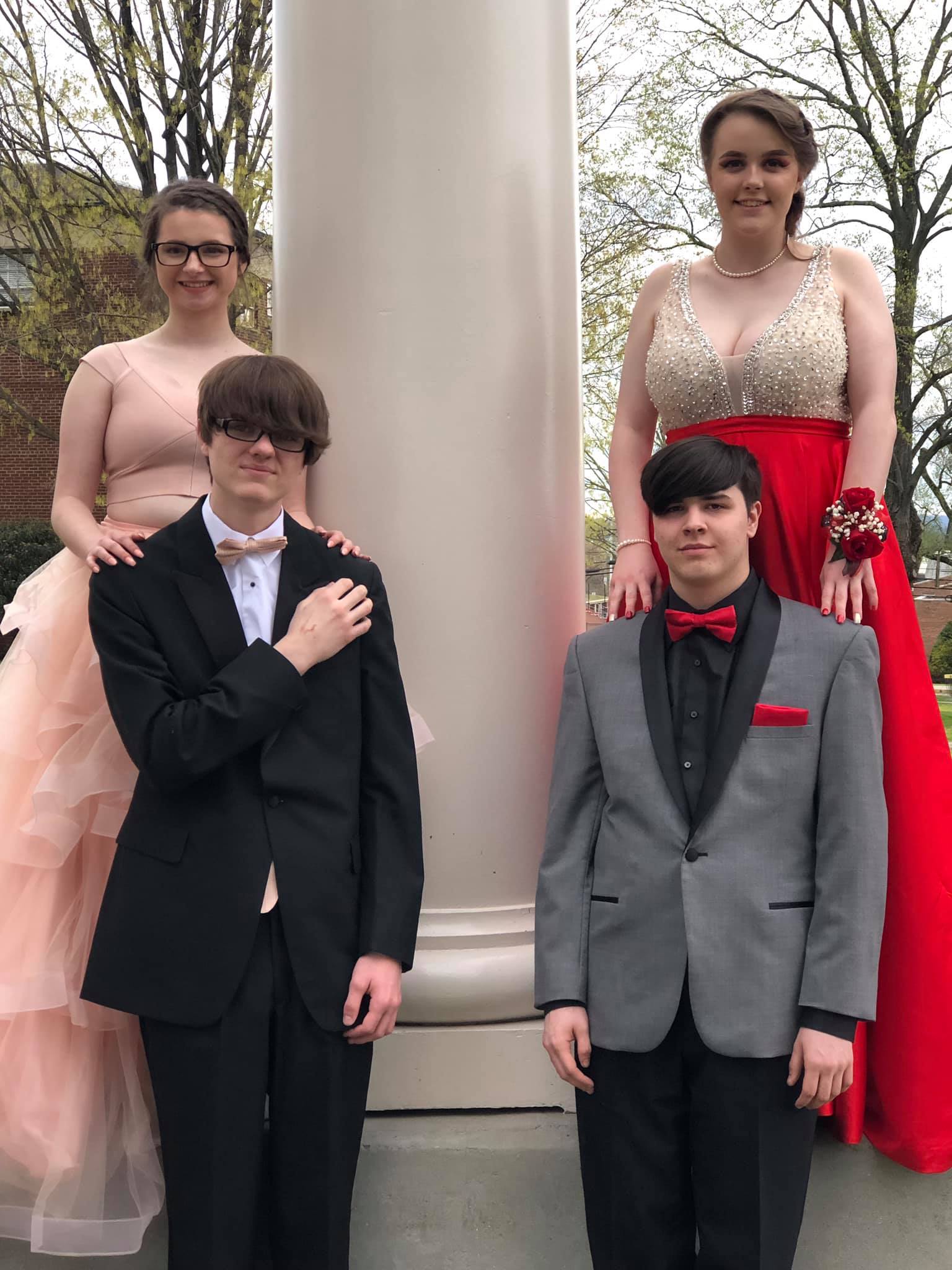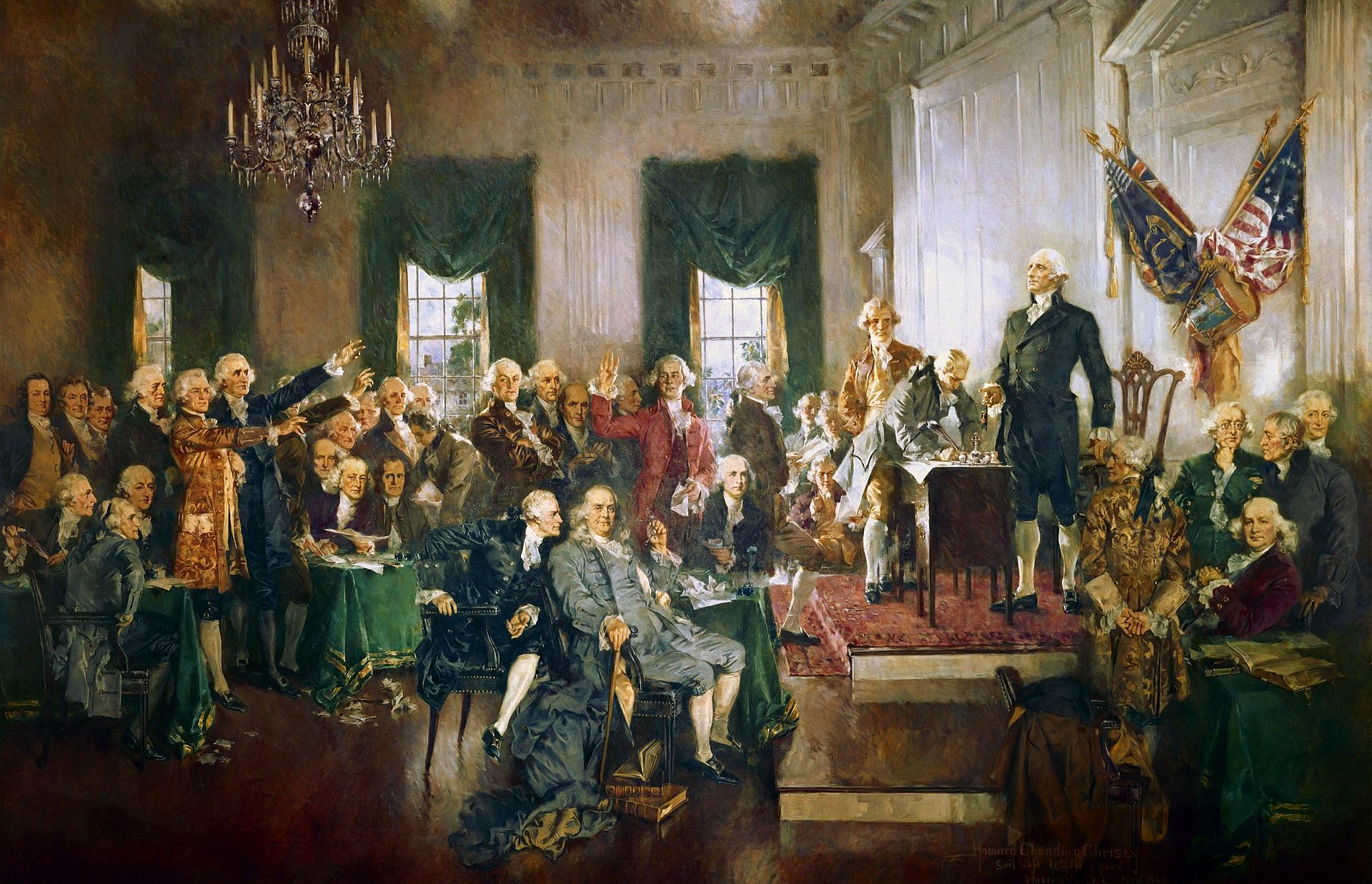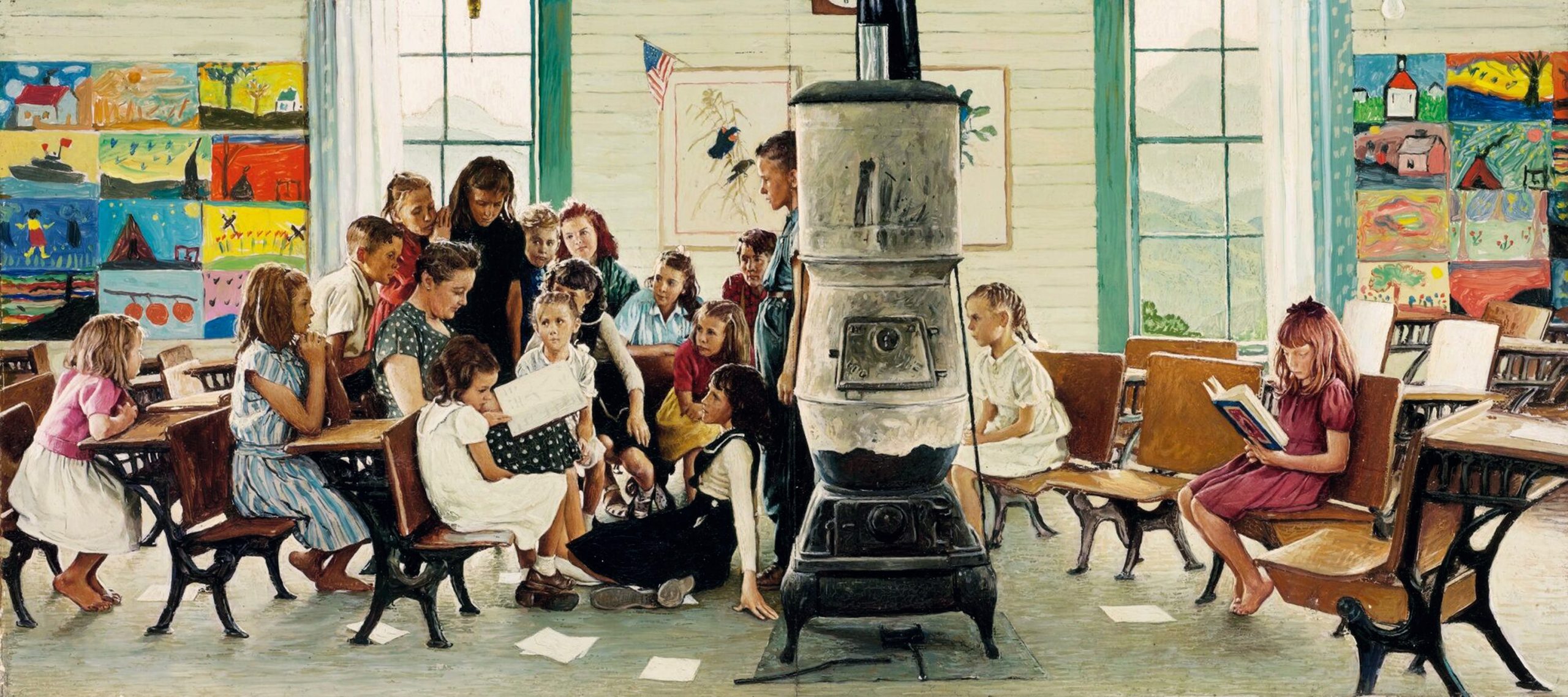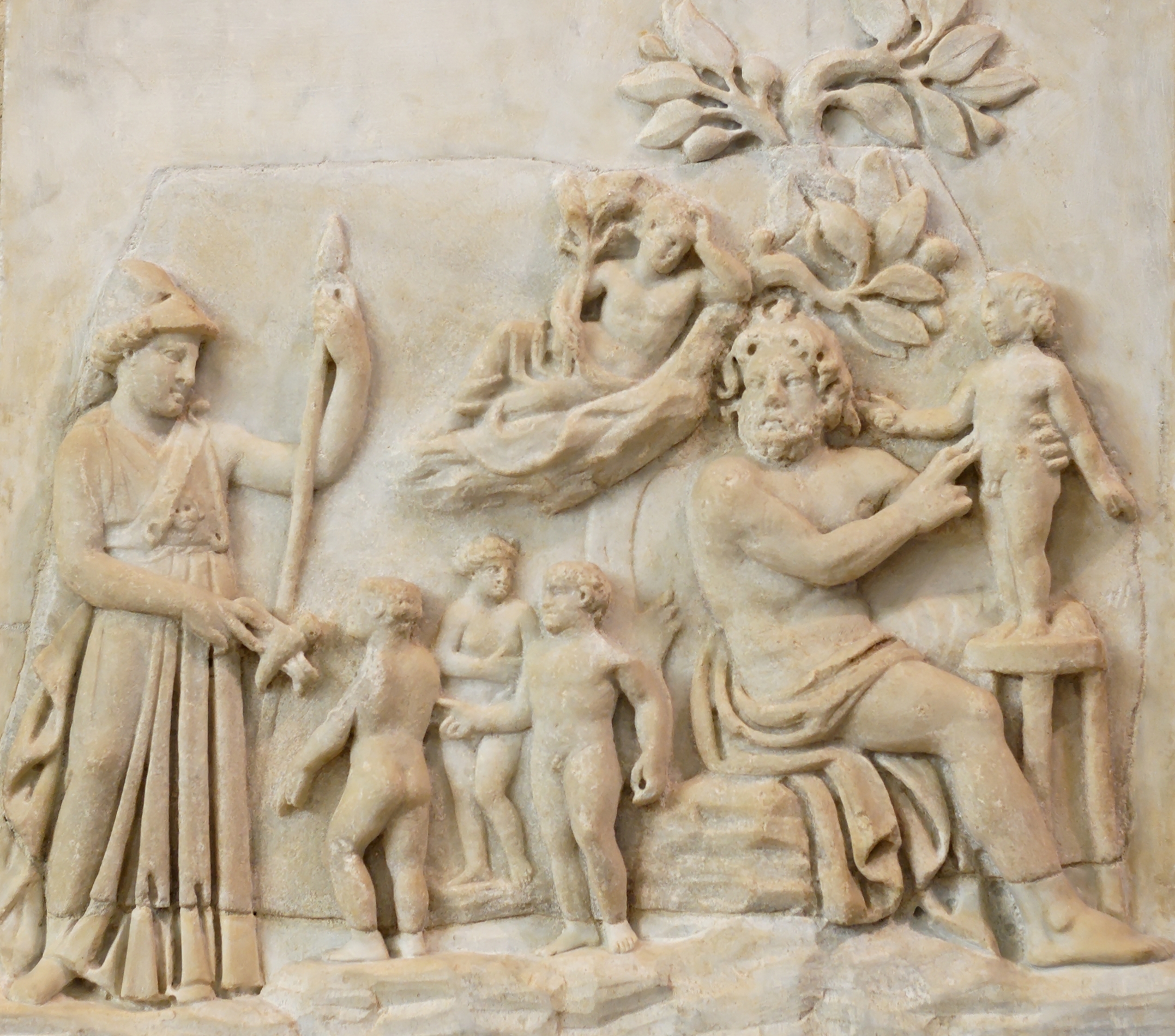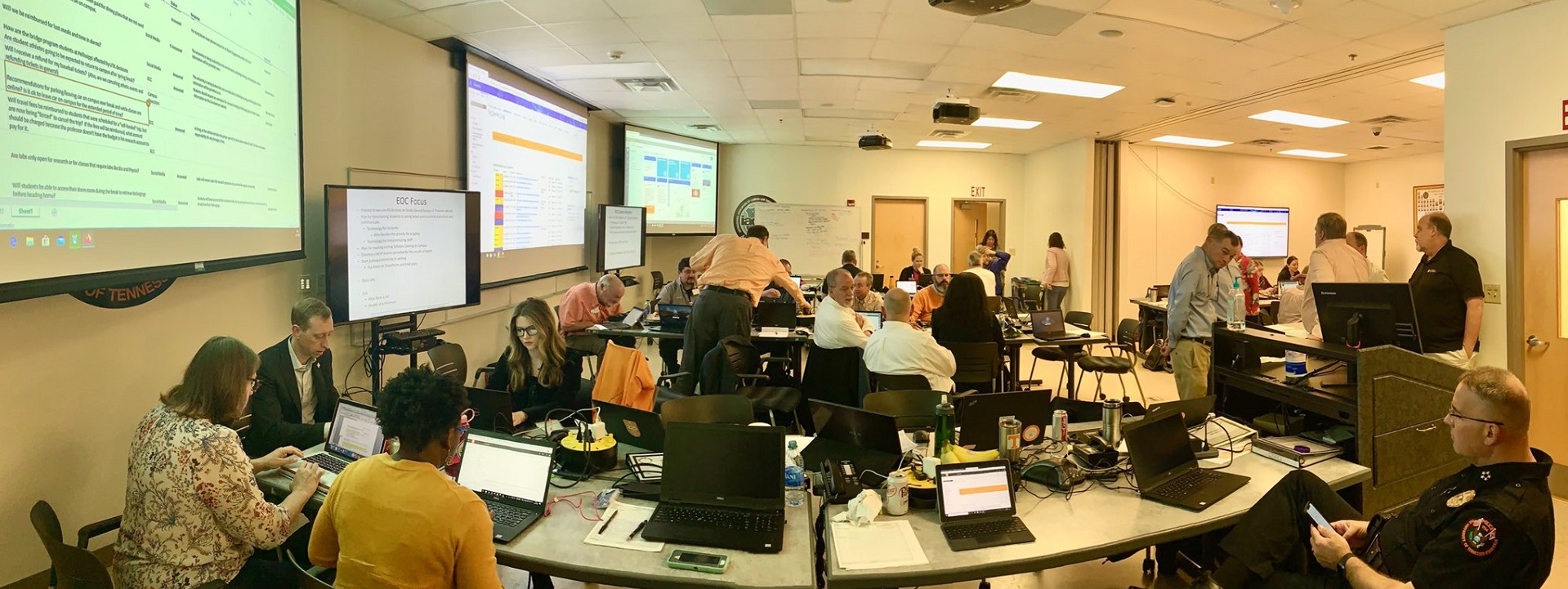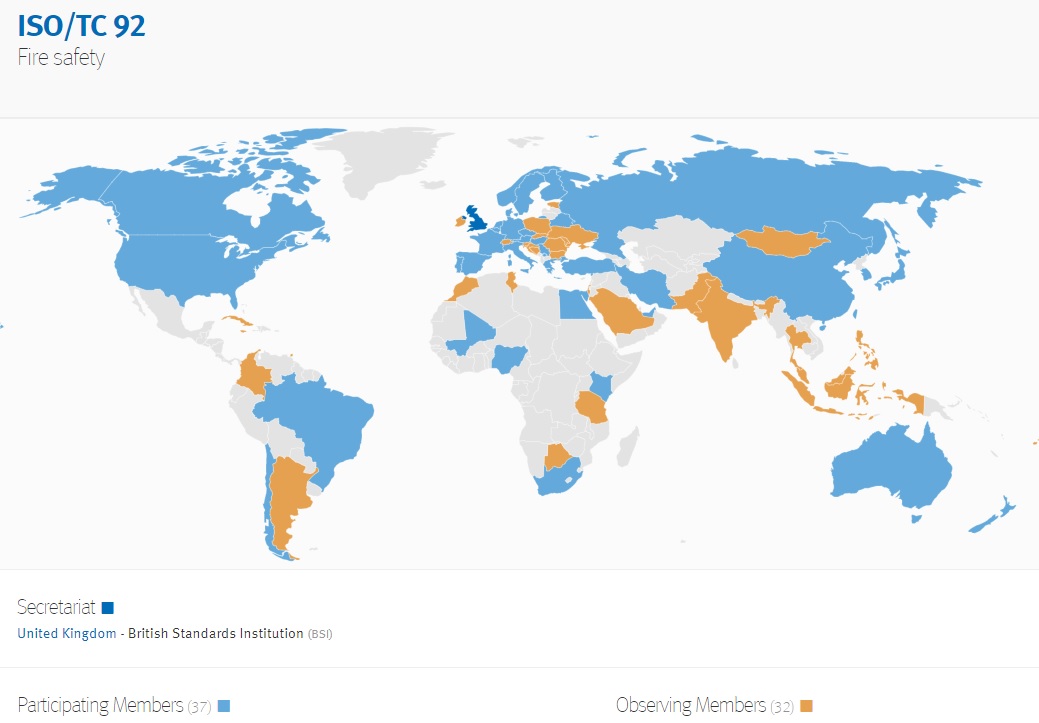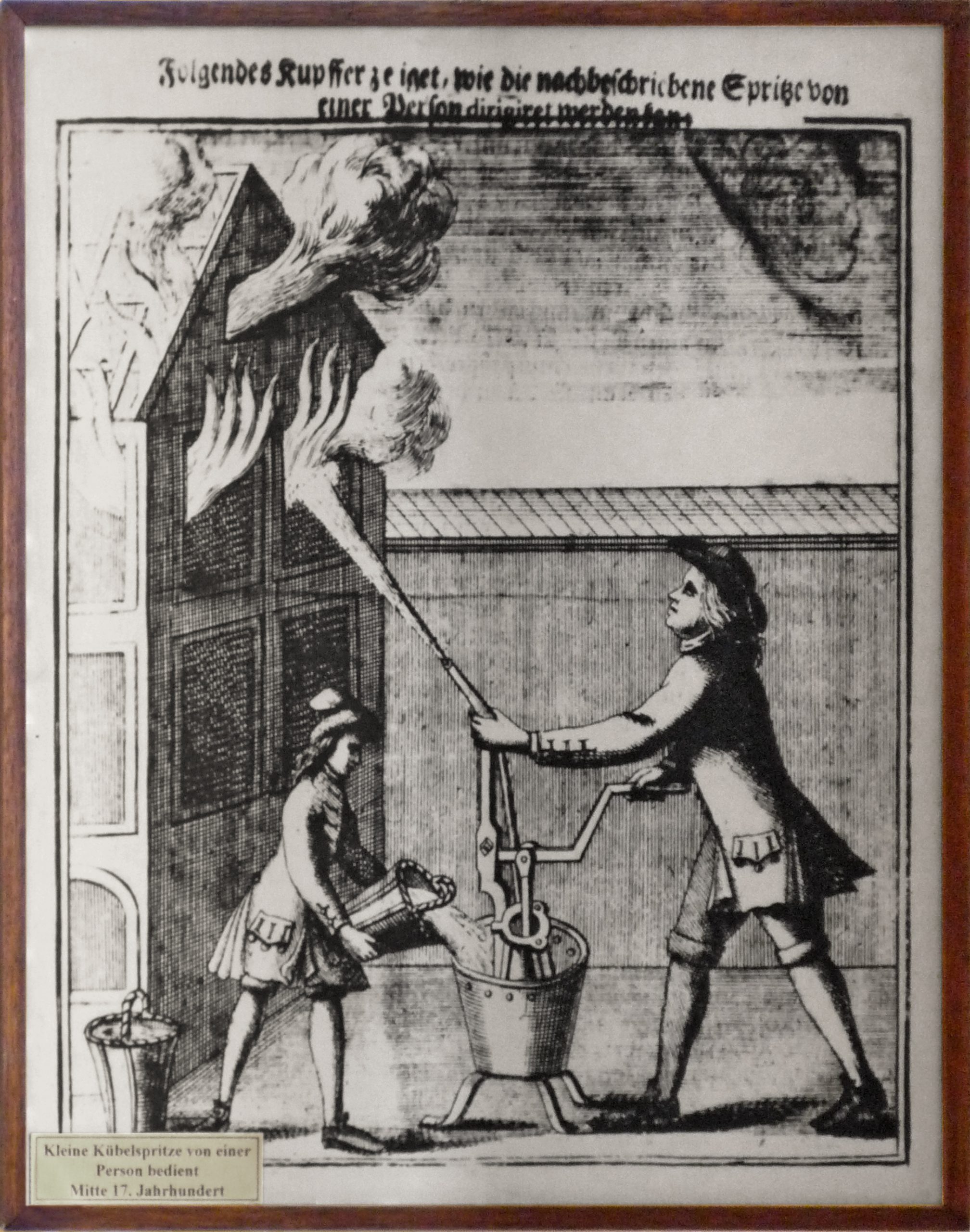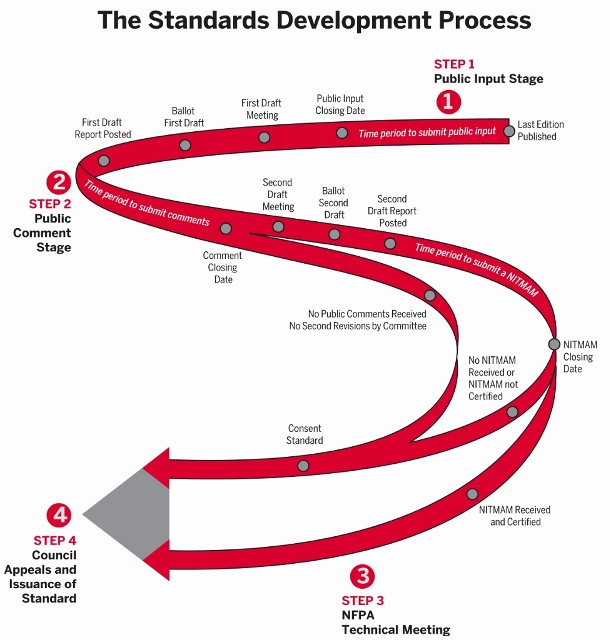In partnership with @Yeatssocietyirl, we are hosting a special virtual event to mark the 100th anniversary of the #poem ‘The Second Coming’ by WB #Yeats. Join us on Friday, 13 Nov at 7pm for an evening of discussion and #poetry readings.
🎟️ Register now: https://t.co/gfU24AEFGz pic.twitter.com/zDbzLjslL5
— National Library of Ireland (@NLIreland) November 5, 2020
Author Archives: mike@standardsmichigan.com
- Home
- Articles posted by mike@standardsmichigan.com (Page 2)

Animal domestication
Gulliver visits the Great Academy of Lagado
In Irish author Jonathan Swift’s 1726 satire — “Gulliver’s Travels” — Lagado is the capital of Balnibarbi whose king had invested a great fortune on building an “Academy of Projectors” so that it shall contribute to the nation’s development through research.
Gulliver describes pointless experiments conducted there — trying to change human excretion back into food, trying to extract sunbeams out of cucumbers, teaching mathematics to pupils by writing propositions on wafers and consuming them.
“None are so blind as those who refuse to see” is a proverbial expression that has been used by many authors and public figures throughout history. The exact origin of the phrase is unknown, but it has been attributed to various sources, including the Bible, where Jesus says, “For judgment I am come into this world, that they which see not might see; and that they which see might be made blind” (John 9:39, King James Version).
The phrase has also been attributed to Jonathan Swift, an Irish author and satirist, who wrote in his 1738 work,
“Polite Conversation”: “Blind, sir? I see every day where Lord M– goes upon the bench without his bag, and you tell me he is not blind?”.
However, it is possible that the phrase existed prior to Swift and was simply popularized by him.
Internet Archive: Gulliver’s Travels
Fine Arts 300
“Wir haben Kunst, damit wir nicht
an der Wahrheit zugrunde gehen”
Not every student is passionate about Graph Algorithms, Green Policy or coding the Internet of Things but wants to devote their energy and talent to making the world a better place by making the world a more beautiful place. Spaces for the “creatives” among them are elevated risk spaces. Today we examine the literature for designing, building and maintaining these occupancies in the safest and most sustainable way; among them the spaces for textile research and fashion design; usually co-mingled with drawing, painting, and textile creation space.
The garment industry is multi-disciplinary and is larger than the energy industry. It contributes to the standard for civilization; even though subtly so. For this reason, starting 2023, we will break down our coverage of the literature that supports the fashion industry from the fine arts domain in separate colloquia every quarter.
Fine Arts 200. Exploration of best practice for spaces used for various forms of creative expression that are appreciated for their artistic or aesthetic value, often involving skills and techniques that require specialized training and expertise.
-
- Painting: The application of pigment to a surface, such as canvas or paper, to create images or visual compositions using techniques like oil, acrylic, watercolor, or tempera.
- Sculpture: The creation of three-dimensional artworks by shaping and manipulating materials such as stone, wood, metal, or clay.
- Drawing: The use of lines, marks, or other materials to create images or representations on paper, canvas, or other surfaces.
- Printmaking: The creation of multiple copies of an image from a master plate or block, using techniques like engraving, etching, lithography, or screen printing.
- Photography: The use of a camera to capture and create visual images, often through techniques such as exposure, composition, and processing.
- Architecture: The design and construction of buildings and structures, involving artistic elements such as form, space, materials, and aesthetics.
- Ceramics: The creation of pottery or ceramic objects using techniques like wheel throwing, hand-building, or glazing.
- Mixed media: The combination of different artistic materials or techniques in a single artwork, such as collage, assemblage, or installations.
- Conceptual art: The creation of artworks that prioritize ideas, concepts, and intellectual or philosophical aspects over traditional aesthetic or material considerations.
Fashion 300. Best practice literature for the spaces needed for the creation of artworks using textiles and fibers, such as weaving, quilting, or embroidery. Research and teaching spaces in this domain; at the foundation of the garment industry — one of the largest sectors in the economy in any nation — present surprising challenges
See our CALENDAR for a schedule of those session.
US-based standards developers with a footprint in the fine arts domain:
Committee D13 on Textiles Celebrates a Century
2021 International Building Code: Section 305 Educational Group E
Underwriters Laboratories
Lorem ipsum (product testing: kiln heat specifications, fabric and paint flammability, wet and dry fire extinguishing systems, etc.)
National Fire Protection Association
Institute of Electrical and Electronic Engineers
Leveraging User-Provided Noisy Labels for Fashion Understanding
Institutional Guidelines
Federal Regulations & Recommendations
Environmental Health and Safety in the Arts Guide for K-12 School, Colleges and Artisans
Global standard developers: (partial list)
Open to everyone. Use the login credentials at the upper right of our home page.
Public Art Program
More
Texas Education Agency: Fine Arts Standards
Texas Tech: Facilities Planning & Construction
“Public art is form of street life, a means to articulate the implicit values of a city when its users occupy the place of determining what the city is.” — Malcolm Miles
Museum Collections Security
Several universities host federal enterprises (laboratories, wildlands, Presidential libraries*, etc.) that must conform to Title 40 United States Code, Public Buildings, Property, and Works Paragraph 486(c) provides statutory authority for the head of each executive agency to issue orders and directives necessary to manage the Government’s property.
Code of Federal Regulations (CFR) 41 Federal Property Management Regulations Part 101, Subpart 20.5 “Physical Protection”, prescribes policies and methods for physically protecting buildings and grounds operated by GSA and other Federal Executive agencies. The Department of the Interior’s property management regulations are in Part 114 of CFR 41.
Museum Management Chapter 14: Museum Collections Security
Standard Methods of Fire Tests for Flame Propagation of Textiles and Films
* There are only a few education communities that host Presidential Libraries:
Herbert Hoover Presidential Library and Museum – West Branch, Iowa (Hoover Institution, Stanford University)
Lyndon B. Johnson Presidential Library and Museum – Austin, Texas (The University of Texas at Austin)
Gerald R. Ford Presidential Library and Museum – Ann Arbor, Michigan (The University of Michigan)
George H. W. Bush Presidential Library and Museum – College Station, Texas (Texas A&M University)
S. 4127: Antisemitism Awareness Act of 2024
Laken Riley Act passes 251-170, with 37 Democrats joining all Republicans in support
The murder of Laken Riley occurred on February 22, 2024, in Athens, Georgia. Laken Riley, a 22-year-old nursing student at Augusta University, disappeared when she was jogging at the University of Georgia (UGA). Her body was found near a lake of a wooded area at UGA; her death was caused by blunt force trauma. The police described Riley’s killing as a “crime of opportunity”, and that no murder had been committed at UGA in almost 30 years; a gap filled by the open border policy of Democrat President Joseph Biden, Homeland Secretary Alejandro Mayorkas and chain of Democrat District Attorney’s who let the perpetrator run free.
The murder has international news, generating extensive media attention — though not nearly as much as the George Floyd tragedy and the Black Lives Matter zietgeist — sparking debate over illegal immigration in United States after U.S. Immigration and Customs Enforcement (ICE) confirmed that Ibarra is a Venezuelan illegal immigrant who is not a U.S. citizen and was caught crossing the border but released back into the United States
Jose Antonio Ibarra, a 26-year-old Venezuelan citizen who entered the US illegally, was arrested by UGA police and has been charged with felony murder, false imprisonment, and kidnapping.[4] Ibarra lived about 1 mile (1.6 km) from the area where Riley’s body was found..
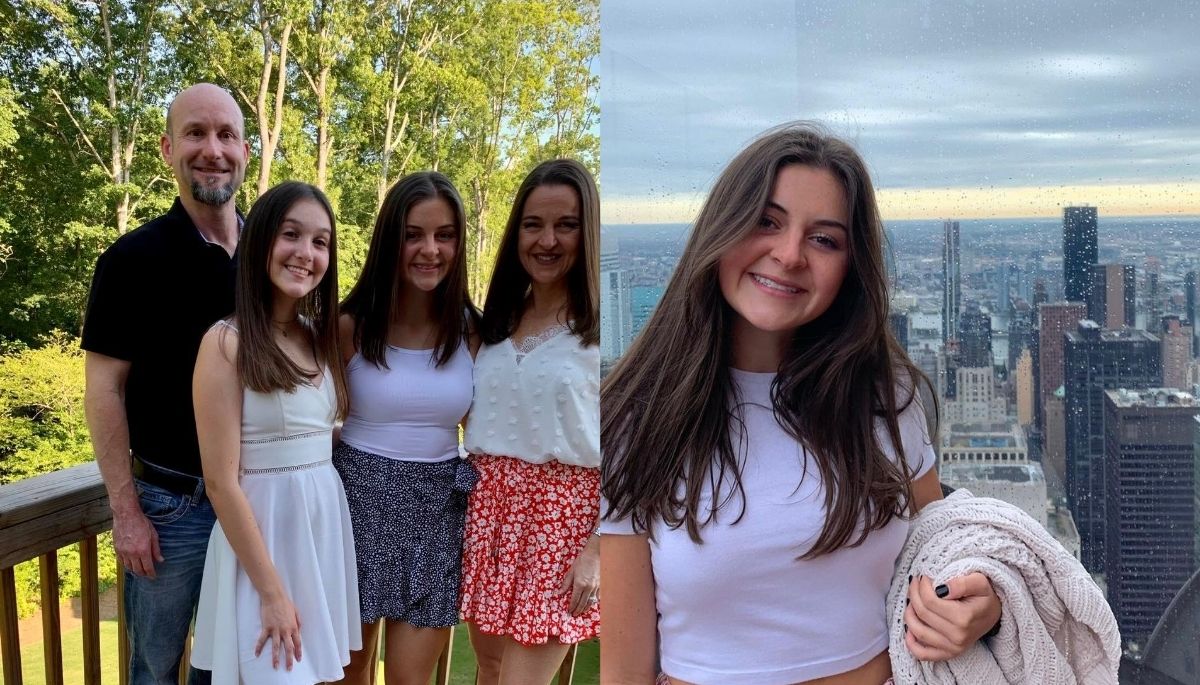
European leaders are indifferent to the rape and murder of their young women by migrant men also:
It happened again. Another European girl was killed at the hands of a migrant in Vienna and she wasn’t the first one this week. And tomorrow it will happen again, because white lives don’t matter to our globalist leaders.
But they matter to me, so I’m making you a promise. 👇🏻 pic.twitter.com/fAS93ux8CQ
— Eva Vlaardingerbroek (@EvaVlaar) March 6, 2024
“But what is government itself but the greatest of all reflections on human nature? If men were angels, no government would be necessary. If angels were to govern men, neither external nor internal controls on government would be necessary. In framing a government which is to be administered by men over men, the great difficulty lies in this: you must first enable the government to control control the governed; and in the next place oblige it to control itself.” — James Madison, Federalist 51
Relevant Federal Executive & Legislative Committees
House of Representatives: Committee on Education & the Workforce
Senate: Committee on Health, Education, Labor and Pensions
SCOTUS: West Virginia, et al. v. Environmental Protection Agency
H.R. 221: Expand Pell Grant eligibility to certain trade schools
H.R. 193: Teach Relevant Apprenticeships to Drive Economic Success Act
H.R. 302: Energy Cybersecurity University Leadership Act of 2023
The University Campus As A Designed Work and an Artefact of Cultural Heritage
προμηθέας 300
Today we run through recent action in fire safety best practice literature. Even though fire safety technologies comprise about 2-4 percent of a new building budget, the influence of the fire safety culture dominates all aspects campus safety; cybersecurity of public safety communication technology for example.
A small sample of the issues we have tracked in the past: (2002-2023). Items in RED indicate success in reducing cost with no reduction in safety (i.e. successful rebuttal, typically market-making by incumbents)
- Limiting vendor lock-in (promote interoperability) in building additions.
- Limiting the tendency to lowball first cost in order to achieve vendor lock-in later in the facility life-cycle
- Dormitory kitchen fire safety
Fire Safety of University Dormitory Based on Bayesian Network
- Clarification of mixed-occupancy classifications (occupant loading)
- Fixed interval (rather than risk-informed) inspection, testing and maintenance of fire alarm and protection system components
- Fire alarm system upgrades during renovation
Gamification Teaching in School Fire Safety
- Mixed zone and addressable alarm system wiring
- Wireless initiation devices
- Integrated fire protection systems (NFPA 3&4)
- Portable fire extinguishers (NFPA 10)
Hospital Evacuation under Fire
- Alarm system re-set procedures
- Sprinkler system coverage for animals in research
- Scalability of fire safety professional certification
- Sprinklering of off-campus student housing
- Advocating central (or campus district) fire pump systems
One of the newer issues to revisit over the past few years is the fire safety of tents. Many colleges and universities are setting up large commercial tents outside buildings (within range of Wi-Fi) for students to congregate, study and dine. We are also seeing back and forth on fire safety in theatrical performance venues in the International Code Council building safety catalog.
We approach these titles with an eye toward driving risk-informed, performance requirements that reduce risk and cost for the user interest; while recognizing the responsibility of competitor stakeholders. It is not a friendly space for the user-interest who seeks to optimally resolve the competing requirements of safety and economy. Vertical incumbents completely dominate this domain.
Relevant NFPA Titles:
NFPA 10 Standard for Portable Fire Extinguishers
-
- Public Input Closing Date: June 1, 2023
NFPA 13 Standard for the Installation of Sprinkler Systems
NFPA 25 Standard for the Inspection, Testing, and Maintenance of Water-Based Fire Protection Systems
NFPA 72 National Fire Alarm and Signaling Code®
-
- Public Comment Closing Date: May 31, 2023
NFPA 75 Standard for the Fire Protection of Information Technology Equipment
NFPA 76 Standard for the Fire Protection of Telecommunications Facilities
NFPA 92 Standard for Smoke Control Systems
-
- Public Comment Closing Date: January 4, 2023
International Code Council Group A 2021/2022 Code Cycle
Use the login credentials at the upper right of our home page.
More
NFPA Report: Structure Fires in Dormitories, Fraternities, Sororities and Barracks
ASTM Committee E0% on Fire Standards
Why do Humans Stare at Fire? : Scientific aspects of primal magic of fire
Fire Safety
Fire safety leadership usually finds itself involved in nearly every dimension of risk on the #WiseCampus; not just the built environment but security of interior spaces with combustibles but along the perimeter and within the footprint of the education community overall.
The Campus Fire Marshal, for example, usually signs the certificate of occupancy for a new building but may be drawn into meetings where decisions about cybersecurity are made. Fire protection systems coincide with evacuation systems when there is no risk and both may be at risk because of cyber-risk.
The job description of a campus fire safety official is linked below offers some insight into why fire safety technologies reach into every risk dimension:
University of California Santa Cruz Office of Emergency Services
The development of the highest level fire safety consensus product in the world is led by the British Standards Institute, under the administration of the International Standardization Organization, with Committee E05 on Fire Standards of ASTM International as the US Technical Advisory Group Administrator. The business plan and the map of global participants is linked below:
BUSINESS PLAN ISO/TC 92 Fire safety EXECUTIVE SUMMARY
The consensus products developed by TC 92 are intended to save lives, reduce fire losses, reduce technical barriers to trade, provide for international harmonization of tests and methods and bring substantial cost savings in design. ISO/TC 92 standards are expected to be of special value to developing countries, which are less likely to have national standards. As with all ISO standards, the TC 92 consensus product is a performance standard suitable for use in prescriptive regulations and provide for a proven route to increased fire safety.
We do not advocate in this standard at the moment; we only track it. The International Fire Code and the Fire Code have been our priorities since 2006. The fire safety space is well populated with knowledgeable facility professionals because conformity budgets in the fire safety world — i.e. the local or state fire marshal — usually has a budget. When you have a budget you usually have people keeping pace with best practice.
We encourage our colleagues in the United States on either the business or academic side of the education facility industry to communicate directly with ANSI’s ISO Team and/or the ASTM Contact: Tom O’Toole, 100 Barr Harbor Drive, West Conshohocken, PA 19428-2959 Phone: (610) 832-9739, Email: totoole@astm.org
We maintain this title on the agenda of our periodic Global and Prometheus colloquia. See our CALENDAR for the next online meeting; open to everyone.
Issue: [19-104]
Category: Fire Safety, Fire Protection, International
Contact: Mike Anthony, Joe DeRosier, Alan Sactor, Joshua Elvove, Casey Grant
More:
The Challenges of Storage and Not Enough Space, Alan Sactor
Life Safety Code
The Life Safety Code addresses those construction, protection, and occupancy features necessary to minimize danger to life from the effects of fire, including smoke, heat, and toxic gases created during a fire. It is widely incorporated by reference into public safety statutes; typically coupled with the consensus products of the International Code Council. It is a mighty document — one of the NFPA’s leading titles — so we deal with it in pieces; consulting it for decisions to be made for the following:
(1) Determination of the occupancy classification in Chapters 12 through 42.
(2) Determination of whether a building or structure is new or existing.
(3) Determination of the occupant load.
(4) Determination of the hazard of contents.
There are emergent issues — such as active shooter response, integration of life and fire safety systems on the internet of small things — and recurrent issues such as excessive rehabilitation and conformity criteria and the ever-expanding requirements for sprinklers and portable fire extinguishers with which to reckon. It is never easy telling a safety professional paid to make a market for his product or service that it is impossible to be alive and safe. It is even harder telling the dean of a department how much it will cost to bring the square-footage under his stewardship up to the current code.
The 2021 edition is the current edition and is accessible below:
NFPA 101 Life Safety Code Free Public Access
Public input on the 2027 Revision will be received until June 4, 2024.
Since the Life Safety Code is one of the most “living” of living documents — the International Building Code and the National Electric Code also move continuously — we can start anywhere and anytime and still make meaningful contributions to it. We have been advocating in this document since the 2003 edition in which we submitted proposals for changes such as:
• A student residence facility life safety crosswalk between NFPA 101 and the International Building Code
• Refinements to Chapters 14 and 15 covering education facilities (with particular attention to door technologies)
• Identification of an ingress path for rescue and recovery personnel toward electric service equipment installations.
• Risk-informed requirement for installation of grab bars in bathing areas
• Modification of the 90-minute emergency lighting requirements rule for small buildings and for fixed interval testing
• Modification of emergency illumination fixed interval testing
• Table 7.3.1 Occupant Load revisions
• Harmonization of egress path width with European building codes
There are others. It is typically difficult to make changes to stabilized standard though some of the concepts were integrated by the committee into other parts of the NFPA 101 in unexpected, though productive, ways. Example transcripts of proposed 2023 revisions to the education facility chapter is linked below:
Chapter 14 Public Input Report: New Educational Occupancies
Educational and Day Care Occupancies: Second Draft Public Comments with Responses Report
Since NFPA 101 is so vast in its implications we list a few of the sections we track, and can drill into further, according to client interest:
Chapter 3: Definitions
Chapter 7: Means of Egress
Chapter 12: New Assembly Occupancies
Chapter 13: Existing Assembly Occupancies
Chapter 16 Public Input Report: New Day-Care Facilities
Chapter 17 Public Input Report: Existing Day Care Facilities
Chapter 18 Public Input Report: New Health Care Facilities
Chapter 19 Public Input Report: Existing Health Care Facilities
Chapter 28: Public Input Report: New Hotels and Dormitories
Chapter 29: Public Input Report: Existing Hotels and Dormitories
Chapter 43: Building Rehabilitation
Annex A: Explanatory Material
As always we encourage front-line staff, facility managers, subject matter experts and trade associations to participate directly in the NFPA code development process (CLICK HERE to get started)
![]()
NFPA 101 is a cross-cutting title so we maintain it on the agenda of our several colloquia —Housing, Prometheus, Security and Pathways colloquia. See our CALENDAR for the next online meeting; open to everyone.
Issue: [18-90]
Category: Fire Safety, Public Safety
Colleagues: Mike Anthony, Josh Elvove, Joe DeRosier, Marcelo Hirschler
More
When lives are at stake, alternative approaches are welcome. #LifeSafety #AlternativeApproaches #Code #NFPA101 @NFPA
https://t.co/JvWyyZtuLP— ANSI (@ansidotorg) December 20, 2018
New update alert! The 2022 update to the Trademark Assignment Dataset is now available online. Find 1.29 million trademark assignments, involving 2.28 million unique trademark properties issued by the USPTO between March 1952 and January 2023: https://t.co/njrDAbSpwB pic.twitter.com/GkAXrHoQ9T
— USPTO (@uspto) July 13, 2023
Standards Michigan Group, LLC
2723 South State Street | Suite 150
Ann Arbor, MI 48104 USA
888-746-3670



